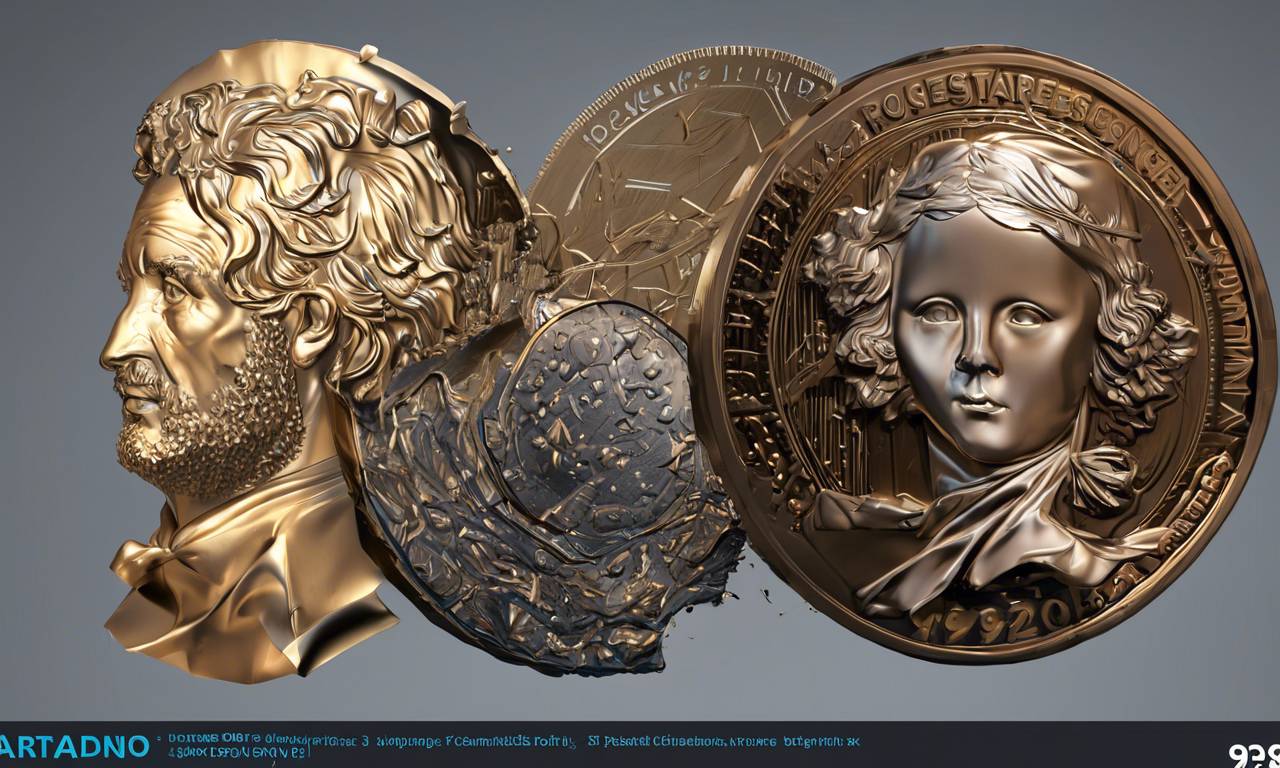Preserving the Decentralized Ethos: The Need for On-Chain Data Ownership in Web3
Blockchain technology has brought about a new level of transparency and integrity, revolutionizing the way we handle digital transactions. However, this unprecedented openness also comes with its own set of challenges and risks. In the world of Web3, where blockchain reigns supreme, it is crucial to strike a balance between transparency and user autonomy. This is where on-chain data ownership comes into play.
The Pitfalls of Over-Transparency
While blockchain’s transparency is often lauded as one of its greatest strengths, it can also be a double-edged sword. Just like in the web2 era, where tech giants collected and monetized user data without their knowledge, blockchain’s openness allows anyone to observe our digital actions. This level of exposure can lead to targeted phishing attacks and compromise individual privacy.
Furthermore, this over-transparency poses a threat to the decentralized ethos that Web3 champions. The promise of a decentralized future was built on the principles of user empowerment and security. However, if on-chain transparency is not carefully managed, it could inadvertently lead to a centralization of power in the hands of those who know how to exploit this information.
The Role of On-Chain Data Ownership
To preserve the decentralized nature of Web3 and empower users, on-chain data ownership is essential. By giving users control over their digital presence, they can choose what remains visible and what stays private. On-chain data ownership shifts the narrative from passive transparency to active control.
This approach allows users to determine their level of transaction visibility while ensuring that blockchain remains a tool for empowerment rather than surveillance. It can be achieved through various means, such as privacy-enhancing protocols or selective disclosure mechanisms that enable users to share necessary transaction information while keeping other details private.
Privacy and Regulation in Web3
Vitalik Buterin, one of the co-founders of Ethereum, suggests that privacy and regulation can coexist in the blockchain world. He argues that privacy-enhancing protocols can enable users to prove certain properties regarding the origin of funds without compromising privacy. These protocols act as digital cloaks, allowing users to show only what is necessary on the blockchain while keeping the rest of their data private.
This approach addresses the concerns of those who fear living in a fishbowl in Web3. It ensures that individuals can participate in the blockchain world without sacrificing their privacy and personal autonomy. Users become active drivers of the blockchain train, deciding what to show and what to keep under wraps.
🔥 Hot Take: Empowering Users through Data Ownership
Web3 is at a turning point, where decisions about data ownership will shape its future. On-chain data ownership is the key to preserving the decentralized ethos and ensuring that users remain in control. It allows individuals to enjoy the benefits of transparency while safeguarding their privacy and autonomy.
As we move forward into Web3, it is essential to remember that technology should serve humanity rather than exploit it. By embracing on-chain data ownership, we can create a transparent yet controlled digital environment where everyone feels secure and empowered.





 By
By

 By
By
 By
By
 By
By
 By
By